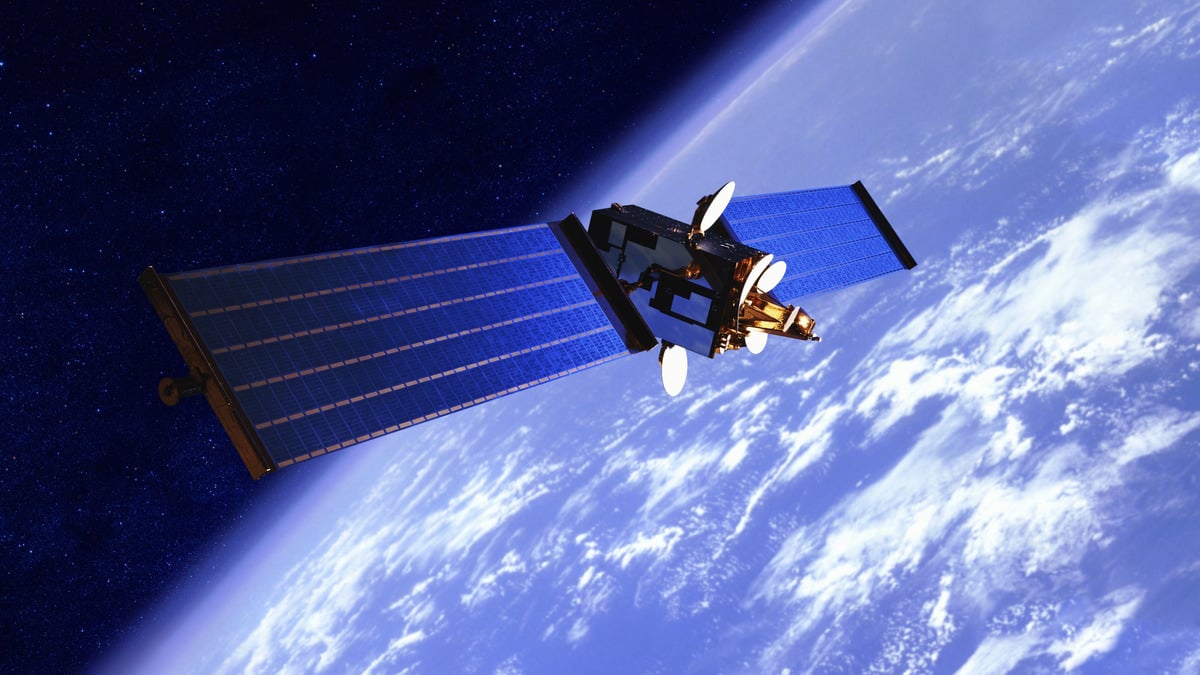Adavale Resources identifies paleochannels that could support uranium mineralisation at South Australian projects
Company’s Lake Surprise and Mundowdna projects in proven uranium jurisdiction in the Flinders Ranges
Paleochannels found via satellite data, corroborated by gravity and EM survey data
High priority targets for exploration expected to be generated shortly
Special Report: Adavale Resources says satellite imagery has identified paleochannels which could potentially host uranium mineralisation at its South Australian projects at Lake Surprise and Mundowdna.
The company’s tenement package is near the northern end of the Flinders Rangers, a well-established source of uranium that’s mobilised into and eventually deposited into paleochannel systems by saline groundwater shedding from the Ranges.
These Flinders Ranges paleochannel systems are host to several world class sandstone uranium deposits such as Beverly, Four Mile, Junction Dam, Gould’s Dam and Honeymoon.
Pic: Interpreted paleochannels at surface in the Lake Surprise Project Licence package. Source: ADD.
Adavale Resources (ASX:ADD) obtained the high-resolution satellite imagery from the European Space Agency Sentinel 2 satellite and says the compilation of this data along with gravity data and electromagnetic (EM) data from the Frome survey conducted by Geoscience Australia in 2010 has allowed the mapping of the paleochannels.
Systematically exploring for uranium
The gravity data obtained from Geoscience Australia was processed from all datasets available from the 1940’s until 2019, indicating density contrasts between rock types and it has been correlated with the satellite imagery has now identified where potentially buried channel zones may be located.
The company is also using EM data from the Frome Survey to provide additional collaborating evidence for the presence of buried channels as the saline groundwater in the paleodrainage systems shedding from the Ranges acts as a conductor and so responds well to EM surveying.
“The Sentinel 2 satellite imagery has provided the company with a rich set of multispectral data that has enabled our technical team to quickly identify areas of greatest uranium potential within our large South Australian licence holding,” ADD executive director David Riekie said.
“These interpreted paleochannel systems will be the foundations for Adavale to overlay publicly available EM datasets to identify potentially buried channel systems within our licences and facilitate our ongoing efforts to systematically explore for uranium in South Australia.”
Generating high-priority targets
Numerous new paleochannel systems have been highlighted for further investigation.
The company expects to generate high priority targets for uranium exploration by combining all three lines of evidence over the coming weeks.
The next steps will be heritage clearances in consultation with Traditional Custodians, finalising exploration and drilling programs and notifying the South Australian Mine Department of intended work programs – and securing approvals.
This article was developed in collaboration with Adavale Resources, a Stockhead advertiser at the time of publishing.
This article does not constitute financial product advice. You should consider obtaining independent advice before making any financial decisions.
The post Adavale uses satellite data to double down on potential uranium in South Australia appeared first on Stockhead.























+ There are no comments
Add yours